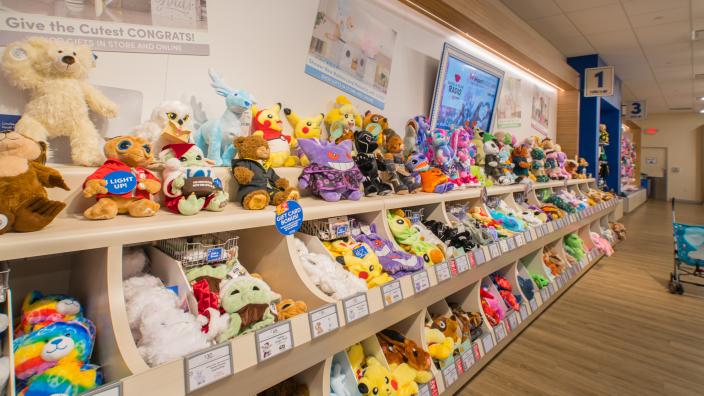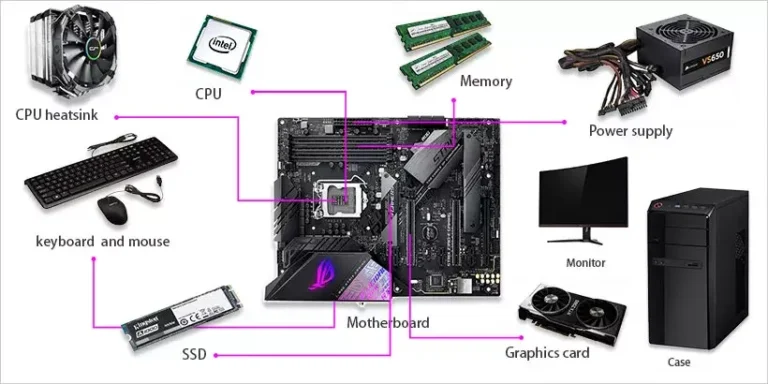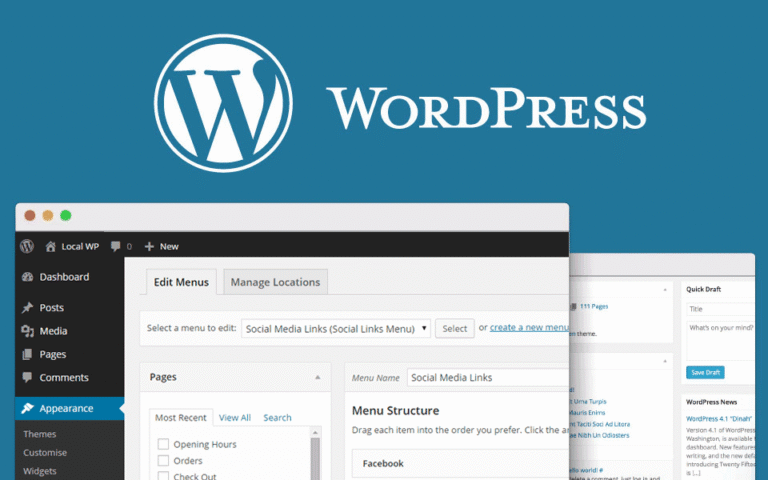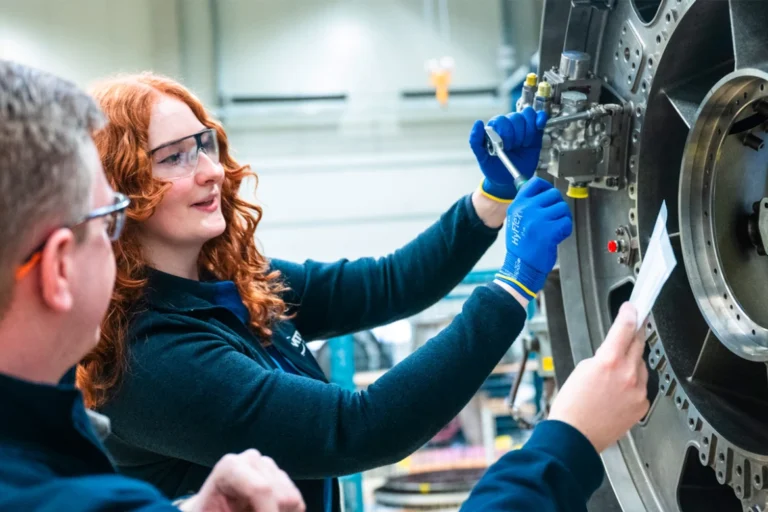
Introduction
Build-A-Bear Workshop isn’t just a toy store—it’s a childhood memory factory. Founded in the late ’90s, it revolutionized the way kids (and adults) create their own plush companions. But in today’s world of online shopping, TikTok trends, and digital experiences, how does this once-novel concept hold up? Let’s dive deep into the past, present, and future of Build-A-Bear to analyze its resilience and predict where it’s heading.
The Birth of Build-A-Bear
The Founding Story
Founded in 1997 by Maxine Clark in St. Louis, Missouri, Build-A-Bear was inspired by a simple idea: what if kids could make their own stuffed animals? What started as one store soon turned into a global phenomenon.
The Original Concept and Business Model
The concept was fresh: walk into a store, choose a plush skin, fill it with stuffing, insert a heart, and personalize it with clothes and accessories. This tactile, interactive model made toy shopping a memorable experience.
Expansion and Growth
Rise in Popularity During the Early 2000s
During the 2000s, Build-A-Bear capitalized on the “experience economy.” Its stores were bright, fun, and engaging. Birthday parties, in-store events, and school field trips became common.
Global Expansion Strategies
Build-A-Bear expanded globally, entering markets like the UK, Canada, and Australia. They adapted the brand to local tastes but kept the heart of the experience intact.
Partnerships and Collaborations
Through tie-ins with brands like Disney, Pokémon, and Marvel, Build-A-Bear launched exclusive bears dressed as beloved characters—an instant hit with fans.
Core Business Model
Customer-Driven Customization
The magic lies in personalization. Kids can pick outfits, sounds, even scents. This level of customization is rare in toy retail.
Retail Experience Model
It’s not just about buying a toy—it’s about making one. That emotional connection drives customer loyalty.
Revenue Channels
From brick-and-mortar stores to a growing e-commerce arm and branded licensing, Build-A-Bear pulls revenue from diverse streams.
Digital Transformation
Introduction of E-Commerce
As consumer habits changed, Build-A-Bear invested in an online platform, allowing users to customize bears virtually and have them shipped.
Mobile Apps and AR Features
They experimented with augmented reality (AR) apps where children can interact with their bears digitally, a smart play for the tech-savvy generation.
Virtual Bear-Building Experiences
Online platforms now offer full bear-building services, from stuffing to outfits, giving customers nearly the full experience from home.
The Impact of COVID-19
Store Closures and Losses
The pandemic hit retail hard. Build-A-Bear closed many physical locations and saw a sharp revenue dip.
Shift to Online Sales
In response, the company shifted aggressively toward digital. Online sales surged, and Build-A-Bear even started selling through Amazon and Wal-Mart.
Recovery Strategies Post-Pandemic
Post-COVID, the brand leaned into hybrid models—online ordering with in-store pickup and limited-contact workshops.
Current Market Position
Financial Health and Stock Trends
As of 2025, Build-A-Bear’s stock (BBW) is stable, showing cautious optimism. It’s not skyrocketing, but it’s holding strong.
Competition Analysis
They face stiff competition from plush toy companies, DIY craft kits, and digital experiences. However, few can replicate the Build-A-Bear experience.
Brand Perception Today
The brand still resonates with kids, but surprisingly, it’s also gained traction with nostalgic millennial and Gen Z influencers.
Customer Demographics
Target Audience Then and Now
Once focused on kids under 12, Build-A-Bear now courts everyone—from toddlers to twenty-something’s and even couples.
Adult Collectors and Nostalgic Millennia’s
Limited-edition releases appeal to adult collectors. Valentine’s Day bears, themed releases, and pop culture tie-ins drive serious demand.
Gen Alpha and Social Media Trends
With TikTok challenges and Instagram reveals, Build-A-Bear is cleverly tapping into Gen Alpha’s digital-first lifestyle.
Product Innovations
Voice Recording Tech and Scent Inserts
You can now record custom messages or add scents like birthday cake or lavender. These small details make big memories.
Seasonal and Limited Editions
Holiday bears, movie tie-ins, and online exclusives keep inventory fresh and collectors intrigued.
Sustainability in Plush Production
Eco-friendly stuffing and recycled fabrics are part of Build-A-Bear’s move toward green practices—a hit with environmentally conscious parents.
Marketing and Branding Strategies
Social Media Engagement
Their Tik Tok account is full of viral trends, while Instagram is curated with heartwarming bear stories and unboxing.
Celebrity Endorsements
From You Tubers to pop stars, Build-A-Bear partners with influencers to expand its cool factor.
Community and Charity Involvement
The brand supports hospitals, military families, and underprivileged kids, creating goodwill and brand loyalty.
Challenges and Criticism
High Pricing Concerns
A fully dressed bear can cost upwards of $60—steep for many families.
Retail Store Dependence
Despite digital efforts, the in-store experience is still core to the brand. This dependence could be a risk if physical retail declines.
Copycat Competitors
Brands like Teddy Mountain or generic DIY kits offer similar experiences, often at a lower price.
Future Predictions for Build-A-Bear
Expansion into the Met averse
Imagine building a bear in a virtual mall using a VR headset—this isn’t far-fetched and may soon be a reality.
Focus on Experiential Retail
In-store experiences will become more theatrical—think immersive birthday parties or themed events like “Bear Proms.”
Subscription Models or Digital Collectibles
Monthly bear boxes or NFT bears may appeal to the digital generation.
Investment and Financial Forecasts
Stock Market Outlook
With solid branding and smart digital moves, BBW stock may become a sleeper hit for long-term investors.
Potential Mergers or Acquisitions
Partnerships with tech startups or toy giants could bring Build-A-Bear into new territory.
Franchise Opportunities
Expect to see more franchise-based stores in untapped markets, especially in Asia and the Middle East.
Technological Integration in the Future
AI Personalization
AI could soon help recommend accessories or even personalize stories based on your child’s interests.
Interactive Talking Plushier
Imagine a bear that talks back, tells bedtime stories, and even learns your child’s name—this tech is on the horizon.
Augmented Reality Shopping
Using your phone, you might preview outfits on a virtual bear before you ever step into the store.
Final Thoughts
Build-A-Bear has proven itself more than just a teddy bear company. It’s an evolving brand with strong emotional roots and a flair for innovation. While challenges exist, the future looks stuffed with possibilities—if they keep innovating and stay true to the heart-filled experience that made them famous.
FAQs
1. Is Build-A-Bear still popular?
Yes! With strong digital sales and a loyal fanbase, Build-A-Bear remains relevant even in 2025.
2. Can adults enjoy Build-A-Bear?
Absolutely. Many bears are themed for teens, couples, and even adult collectors.
3. What are the prices in 2025?
Basic bears start around $15–$20, but full outfits and extras can push the total to $60+.
4. Will Build-A-Bear enter the met averse?
The brand is already exploring virtual experiences and may enter VR spaces soon.
5. How many Build-A-Bear locations are there globally?





